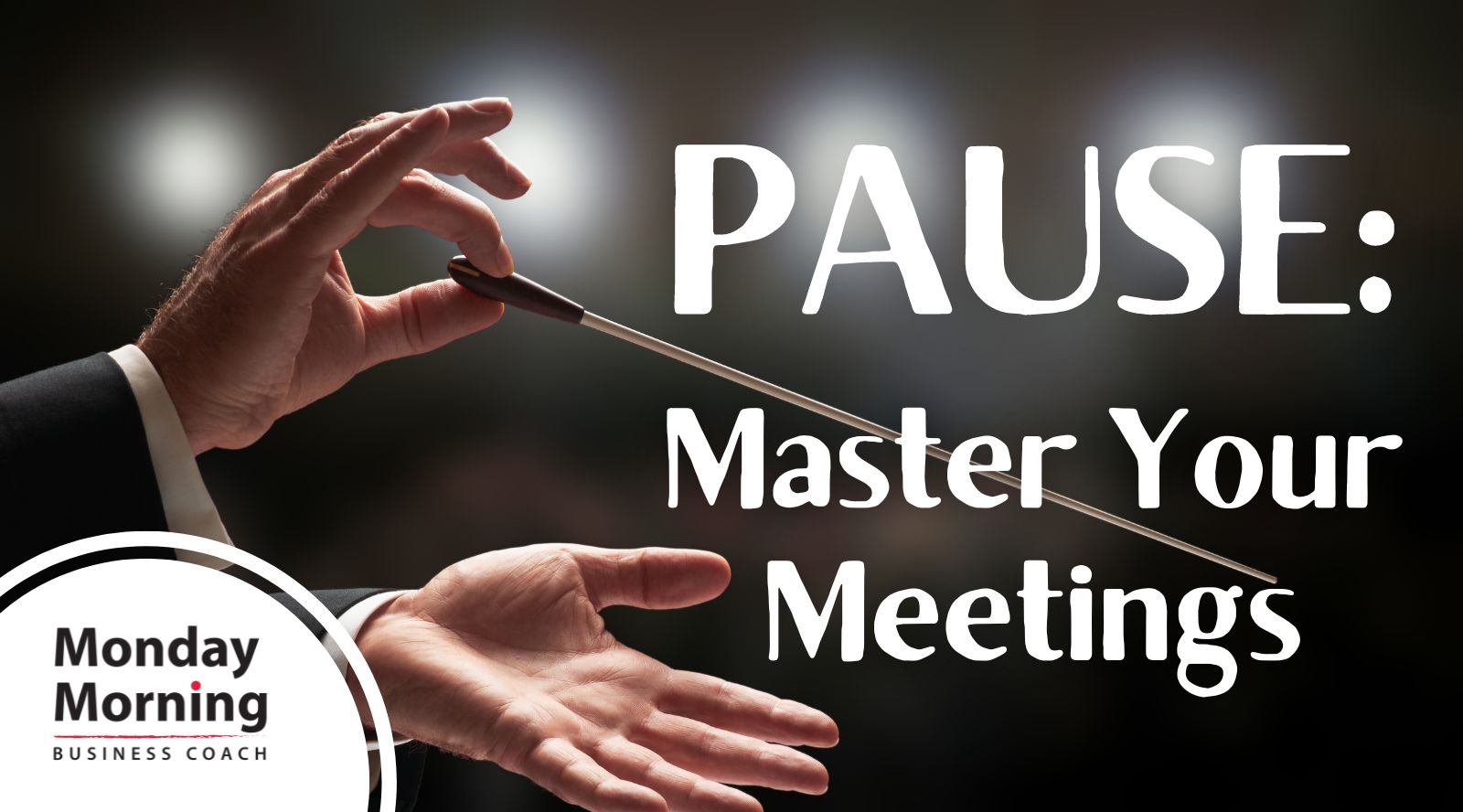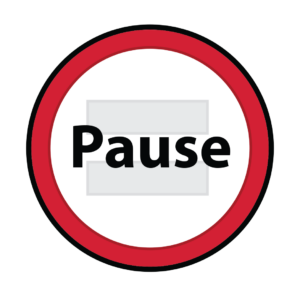We finished up our recent Meeting Makeover series last week (or at least we thought we did!) with a post about how to keep your meetings on track and successful even when they start to derail.
In that post, we also suggested that sometimes, it makes sense to end the meeting early if people are acting unprofessional or in a bullying manner.
A few of you contacted us and asked us to discuss a bit more about, how you can successfully keep discussions moving along, when you’re the one getting reactive.
Despite the best of intentions, you may find yourself getting reactive to a meeting attendees’ behavior, their words, or maybe even their tone.
When you get reactive, do you find yourself getting louder, talking over people, or being explosive? Or maybe you tend to get quieter, let others talk over each other and off topic, or sit back and hope things will pan out?
There are, of course, many other variations, but we list these because they’re the most common.
Today, we’d like to discuss how you can use PAUSING to respond as a leader vs reacting to old triggers that can be derailing.
Have you ever worked with leaders who seem to be able to take things in stride and navigate the most difficult conversations, emotions, and people, in a way that keeps people engaged and the meeting on track?
These leaders are influencing others and allowing themselves to be influenced by others. It’s our definition of true leadership:
Leadership is the willingness to influence your world,
and the willingness to be influenced by your world,
regardless of role or title.
But, how do you engage in this cycle of influence when you find yourself getting reactive? By PAUSING.
PAUSING is the first step in our Leader in You® Framework, because it’s one of the fundamental skills that we believe can be a game-changer in your leadership. It’s your opportunity to stop reacting and to start responding in ways that move you forward toward your goals.
So, how does the PAUSE work?
While it sounds like just the opposite, it’s actually an active moment that helps you regain control so you can respond as a leader.
Here’s what we suggest:
- Spend a few minutes considering how you know you’re reacting to something. For some people, they feel a shot of electricity-like energy shooting through their bodies, others move into a defensive stance, and still others close down, can’t think clearly, and want to disappear.
- When you feel yourself getting reactive, PAUSE. Your PAUSE can be as simple as taking a breath, scribbling a note, grabbing a glass of water, or taking a bathroom break. Pausing can help you find the moment between what’s incoming–the thing that triggered your reaction–and what you do next.
- In this moment as you PAUSE, you ask yourself, “Is what I’m about to do or say in alignment with my goals?” or “Is what I’m currently doing in alignment with my goals?”
- Your goal may be that you want to show up as a curious and engaging leader. Or, you may have a specific goal for how you want to show up in each meeting. Or, you may want to give your team the opportunity to work through tense moments.
- As you reconnect with your goals, consider how you can respond in a way that’s in alignment with them. And then do that!
Planning to PAUSE is a great way to introduce it into your world. Shift from reactivity to responding as the leader you want to be. Use our PAUSE framework to help you prepare for that next difficult meeting or conversation.
Keep us posted on the ways you’ve been using the PAUSE to master your meetings and discussions.
If you’d like support
mastering your meetings,
contact us today.



